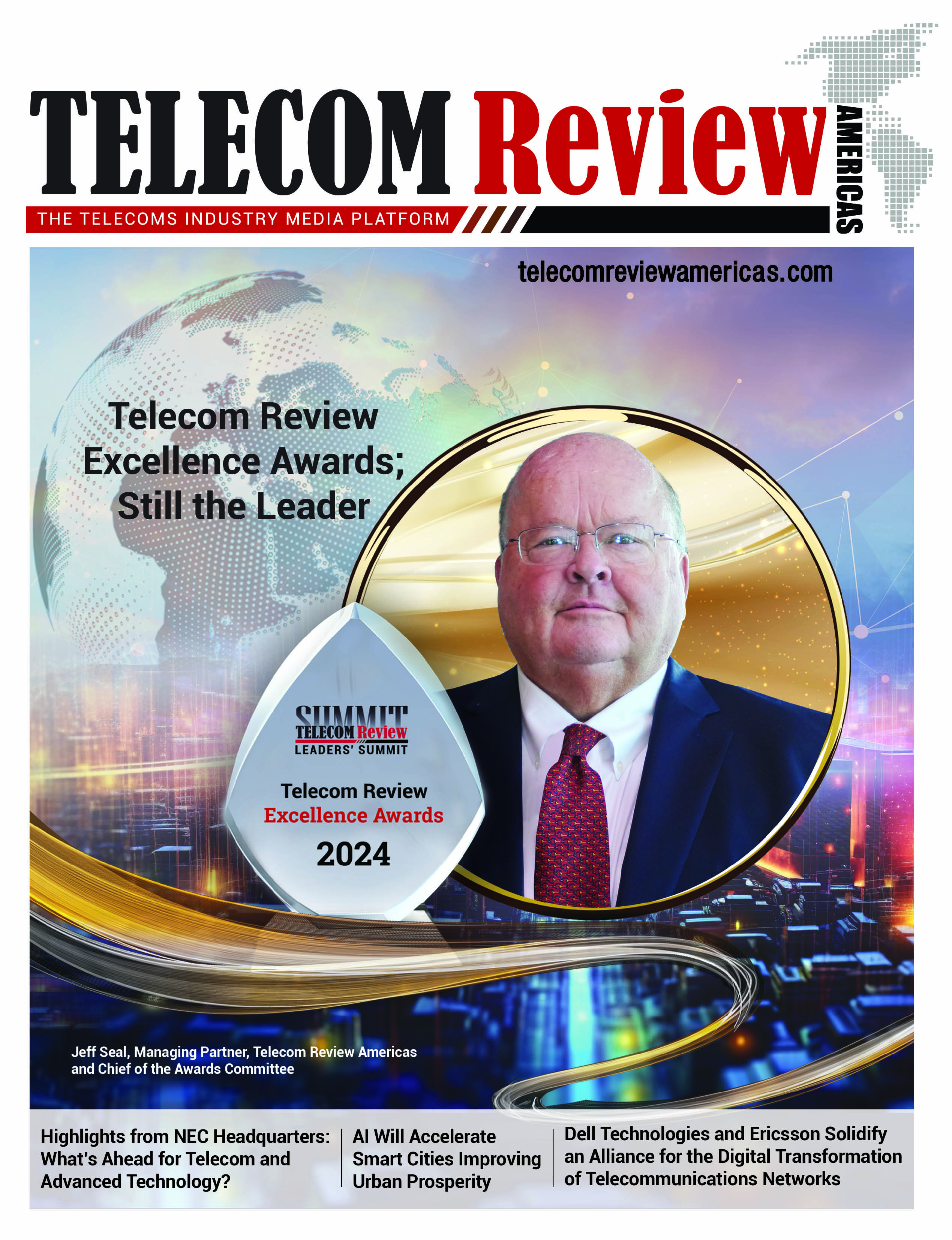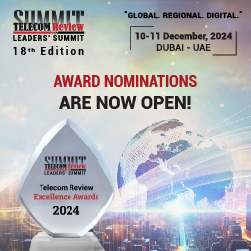The world we are living in today is digital and interconnected by devices and digital systems. The way of accessing information and conducting work has radically changed and become more productive with efficient technologies.
The continuous process of changing and adapting to new technologies is evident in the digital revolution impacting society — from the home to the workplace. More and more people are proactively demanding to have a secure and stable digital environment.
Creating more value for individuals, digital transformation is witnessed through the integration of digital technologies in all areas of homes and businesses. This cultural shift brings more agile and intelligent ways of doing tasks and duties, powered by technologies such as advanced analytics and artificial intelligence (AI).
Statista claims that the United States is the most digitally-competitive country in the world, with global spending on digital transformation estimated at US$ 3.4 trillion by 2026.
What’s the “Matter” in Smart Homes
The concept of smart home technology was introduced in the early 2000s, and gradually, home automation using IoT and connectivity became increasingly important. With the prevalence of smartphones and tablets, the demand and urge to control smart home gadgets through an application also increased; although a normal remote control is still utilized.
Everything from the kitchen to the rooms can be controlled now, and are part of a typical home life. Some examples include smart door locks with surveillance cameras protecting homes more accurately than before, virtual assistants (VAs) setting up an alarm and robots responsible for taking care of daily and repetitive tasks.
By using the latest ICT technologies, linking all the mechanical and digital devices available today would create a truly interactive house. No matter which room you are in, you can make things happen.
In line with this, the primary operating standards for home automation technology are Wi-Fi, Z-Wave, Zigbee, Bluetooth Low Energy (BLE), Thread and the recently-introduced Matter. Older home automation protocols include X10, Insteon and Universal Powerline Bus (UPB).
Matter, the latest wireless interoperability standard launched by the Connectivity Standards Alliance, will enable IP-based networking between both smart home devices and the smartphone apps or cloud services connected to them.
A big factor for the future of the smart home industry is fulfilling a core demand. For this reason, the goal of Matter is to be an interoperability protocol and unifying connectivity certification, promising to allow smart home devices from all different manufacturers to thrive in a singular ecosystem. It will have standard data models that ensure smart home devices can work with one another.
Big tech companies like Apple, Google, Amazon and Samsung have already started certifying their products, which will inevitably impact consumers.
Having said that, fairly new devices that run via Wi-Fi or Thread, as well as older devices, still need to upgrade to Matter reasonably via a software update.
As Matter adoption grows, the amount of data available will also expand. As the data becomes richer and more personal, the importance of smart home security is augmented. Governments of Canada, Singapore and the United Kingdom have united in the belief that IoT offers tremendous economic and social benefits, and appropriate cybersecurity requirements must be built into these connected products.
It is worth noting that in creating smart homes, the aim is simply not to automate but to build up devices and systems that respond to the real needs of people. Similar to Apple’s Siri and Amazon’s Alexa, developing intelligent prediction and decision-making abilities that will result in advanced-level reasoning is required in home automation systems.
Digital ICTs are the most significant technology to be introduced into homes since telephones, radio and television. In this regard, new opportunities for automation in the domestic environment arise – from simple fixed applications with pre-defined operations up to fully flexible and automated applications and networks of devices.
Slowly adapting to a world with less manual intervention, the idea of ambient computing – smart devices adapting to the user without the need for direct intervention – is also applied. As more sensors work their way into our lives, and machine learning (ML) algorithms become even more sophisticated, it becomes possible for devices to learn a user’s habit.
Manufacturers, carriers and service providers play a crucial role in ensuring the functionality of smart home technologies. These include consumer electronics, electrical equipment and heating and security systems.
Additionally, to keep a smart home running, a strong connection is required. According to EY, there are steps every household can take to get the best from their connection, such as repositioning their routers or selecting specific Wi-Fi channels.
As network operators invest in upgrades, EY research suggests that customers want more than just connectivity. Privacy and security features must be in play, alongside enabling home working.
Always-on, 24/7 Digital Workplace
The general workplace constantly undergoes a game-changing transformation, driven by new technologies. And today, we are at the threshold of a new digital revolution that empowers the era of mobility and the digital workplace (and workforce).
As the business world becomes more global and mobile, companies need to take a more strategic approach to how they design and organize the workplace. That means taking into account all the different stakeholders – from employees, customers, vendors, suppliers, partners, and even colleagues.
Ultimately, the new digital workplace architecture will combine the right access devices, an appropriate communications infrastructure, the necessary business applications, a team-oriented workplace environment and overarching digital security.
Researchers forecasted that companies will spend up to roughly $80 billion on workplace technologies in the next few years. Moreover, a Gartner study discovered that nearly 90% of senior managers find achieving effective digital workplaces a priority; saying it is a “do-or-die” imperative.
Impressively, over 70% of companies – represented in the State of the Digital Workplace Report – affirmed that they have an established digital workplace strategy in place. In parallel, digital workplace technology purchases are led primarily by IT, C-suite leadership and HR teams. Line-of-business and corporate communications represent a less significant number of decision-makers.
Indeed, the digital transformation includes workforce transformation and businesses spend billions of dollars every year to invest in services and infrastructure such as cloud-enabled and digital collaboration tools that enable remote work.
The thriving digital workplace can help organizations support the “new normal” working style in distributed and virtualized locations; unify offline and online communications to provide anywhere, anytime access to tools and corporate information; provide flexibility and personalization; and incubate talents within a progressive and innovative environment.
In brief, the digital workplace encompasses all the technologies people use to get work done, both currently operated and the ones yet to be implemented. Transforming into a digital workplace involves reinventing the working environment, taking control of disruptive digital technologies, optimizing capital costs and providing a new end-user experience.
Among its advantages as well are employee productivity, satisfaction and retention as well as process and technical improvements and removal of pain points.
Through this framework, employees do their job by collaborating, communicating and connecting with others. Depending on the industry and business needs, the tools needed to support this type of workplace will vary. Each agile workplace should ideally have special “zones” aimed at collaboration (connect), individual work (focus) and a more relaxing environment (vitality).
Without a doubt, having a market dynamic that increases competition and demands much higher levels of efficiency pushes organizations to work across geographies and time zones, creating an always-on, 24/7 culture.
On the other hand, one of the bigger concerns for digital workers is security. According to a study, almost half are worried about security, following recent high-profile data breaches and the majority agree that security at all levels in their work is important. Thus, all-remote companies have to work harder to protect employee, corporate and customer data.
With the right strategy, organizational processes, technologies and leadership, many more companies, teams, and functions could go all or mostly remote.





































